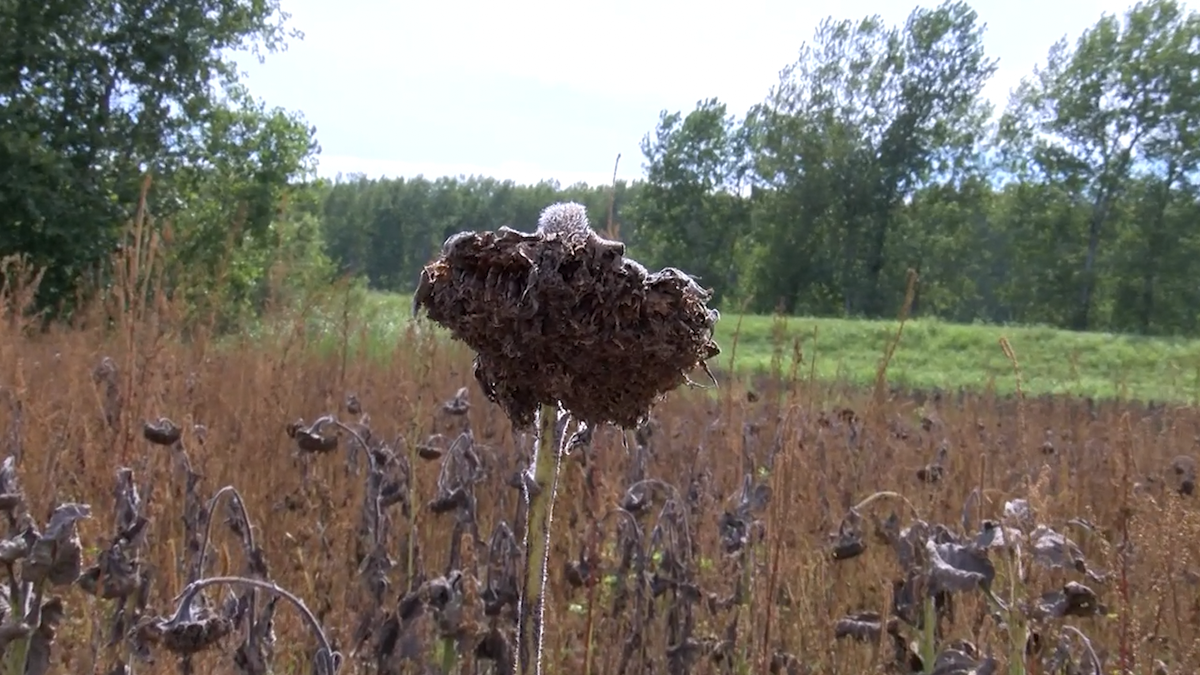How weather impacts dove migration and populations
Hunters across the state have finally reached the long awaited opener of fall's hunting season... dove season. The first day of the 2024 dove hunting season began on September 1st, and will last through until the end of November 29th.

There are two different species of doves that frequent Mid-Missouri. The most common species is the Mourning Dove. This species migrates from northern states across the U.S. and ends up as far south as some Central American countries such as Argentina.

The second and less common species seen is the Eurasian Collard Dove. This species more commonly inhabits urban areas and is known as an invasive species due to its origins following outside of the region.
Each fall, dove will look to migrate south dependent on weather conditions and food availability. Cold fronts offer significant drivers of these species to drive the migration further south due to the cooler temperatures that arrive on the back side of these systems. As the year progress on, grain plants such as sunflowers and corn provide favorable feed for these birds. The growing season last longer further to the south providing more late season food forcing birds to migrate even further south.

Dove populations remain relatively stable with the Central Flyway seeing close to 120 million doves alone according to Tom Thompson of the Missouri Department of Conservation. Each year though, populations can change across regions dependent on how the spring and early summer months play out. Flooding and high wind events during the nesting season could lead to nests getting destroyed harming potential babies do the doves pour nest building skills.
